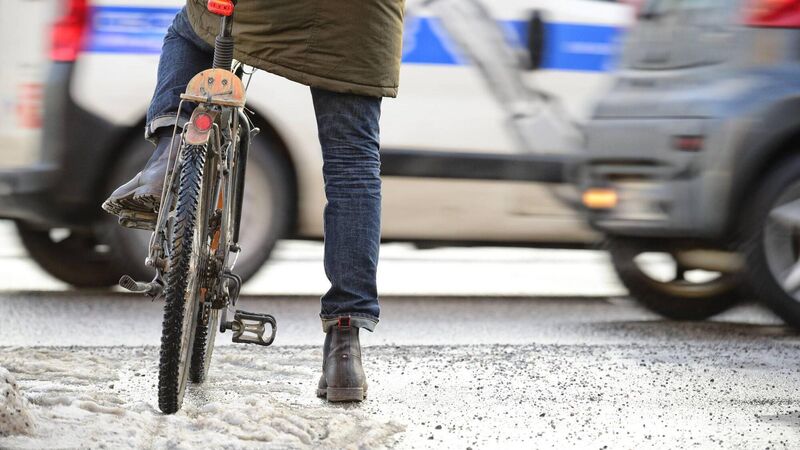Michael Moynihan: Wheel tribe needs to be reminded we are all ultimately pedestrians

Cyclists and drivers need to be reminded that pedestrians also use the spaces on and alongside roads.
Try from €1.50 / week
SUBSCRIBE
Cyclists and drivers need to be reminded that pedestrians also use the spaces on and alongside roads.
The first fundamental of successful city life: People must take a modicum of responsibility for each other even if they have no ties to each other.
This is a lesson no one learns by being told. It is learned from the experience of having other people without ties of kinship or close friendship or formal responsibility to you take a modicum of responsibility for you. — Jane Jacobs
CONNECT WITH US TODAY
Be the first to know the latest news and updates
Newsletter
Sign up to the best reads of the week from irishexaminer.com selected just for you.

Select your favourite newsletters and get the best of Irish Examiner delivered to your inbox
Thursday, November 20, 2025 - 5:00 PM
Thursday, November 20, 2025 - 8:00 PM
Thursday, November 20, 2025 - 7:00 PM
© Examiner Echo Group Limited